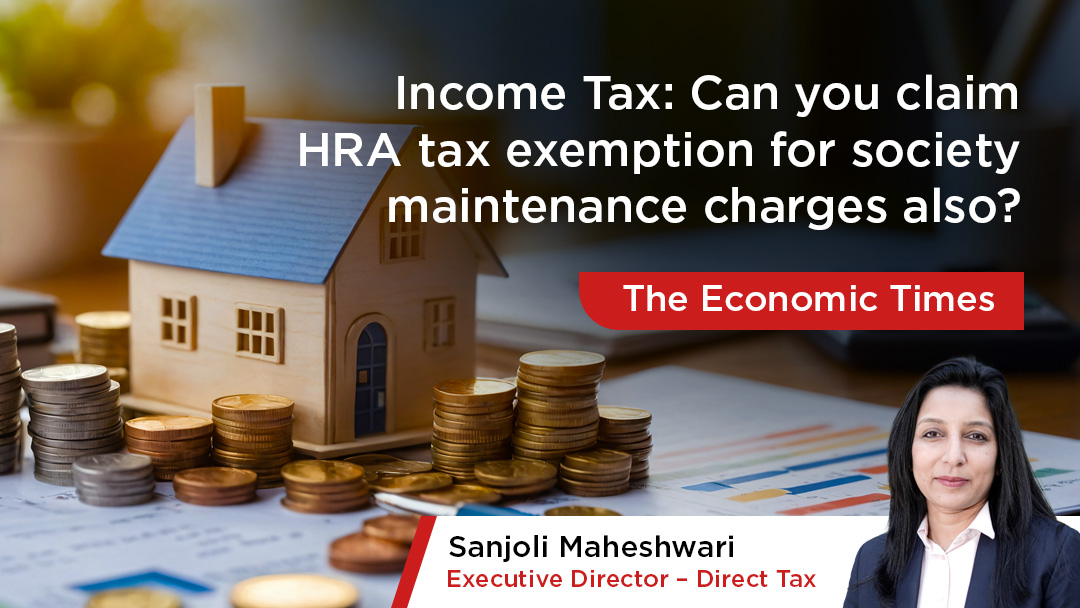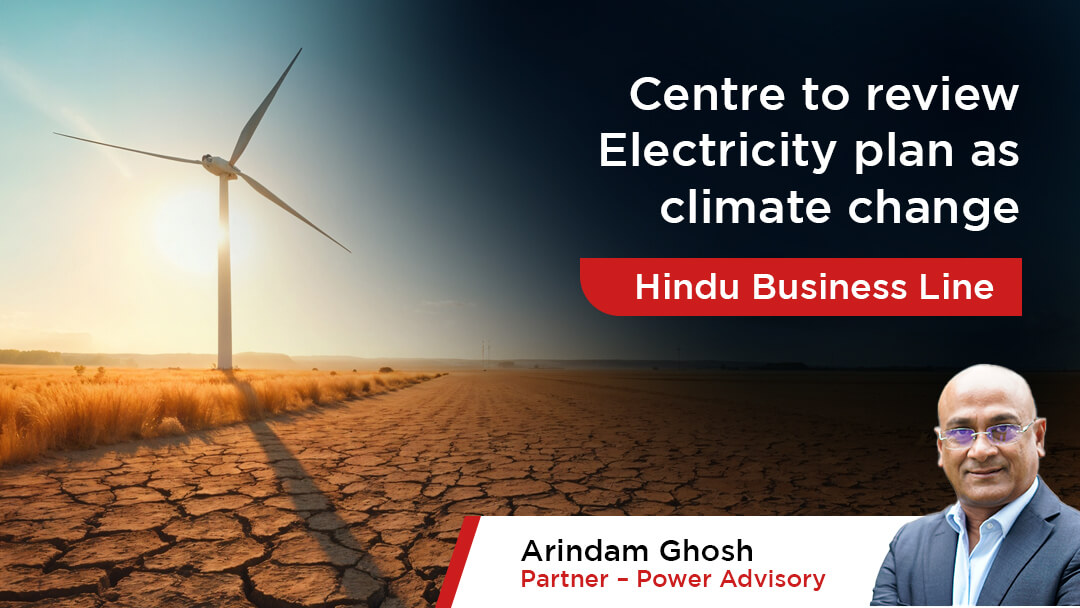Income Tax: Can you claim HRA tax exemption for society maintenance charges also?


Many salaried employees live in societies where they pay maintenance charges in addition to the rent to their landlord. However, maintenance is a fixed amount paid to society and is part of the rent agreement. If a salaried employee opts for the old tax regime and claims a house rent allowance (HRA) exemption on the rent paid, can he/she also claim a tax exemption on the maintenance fees?
ET Wealth spoke to tax experts to understand if the HRA tax exemption can also be claimed on the maintenance dues.
Sanjoli Maheshwari, Executive Director of Nangia Andersen India, says, “As per the provisions of Section 10(13A) of the Income-tax Act, 1961, tax exemption on HRA is allowed only for rent payment in respect of residential accommodation occupied by the salaried taxpayer. Other expenses, such as maintenance charges, electricity charges, utility payments, etc., even though forming part of rent as per the agreement entered, would not be construed as part of the ‘rent payment’ as per the applicable provisions, and hence, will not be eligible for claiming tax exemption.”
What are HRA tax exemption rules?
Usually, an employee’s salary structure has HRA as one of its components. A salaried employee can claim tax exemption on HRA if he/she is living in a rented accommodation and has received HRA as part of their salary.
The HRA tax exemption can be claimed under Section 10(13) of the Income Tax Act.
The Income Tax Act has defined the rules regarding how much HRA tax exemption can be claimed by an employee.
A salaried employee can claim HRA exemption for the following, where the amount is lower:
- Total amount of HRA received by an employee from the employer
- 50% of salary if living in metro cities or 40% of salary if living in non-metro cities,
- Actual rent paid minus 10% of salary.
Here the salary includes basic and dearness allowances only. No other components of salary are included in calculating HRA tax exemption.
Also note that the HRA exemption is available under the old tax regime only.
Here is an example to understand how HRA tax exemption is calculated.
Suppose a salaried taxpayer is receiving Rs 25000 per month or Rs 3 lakh per annum. He is residing in Delhi (metro city) and paying a monthly rent of Rs 30,000. The basic salary received by him during the financial year is Rs 60000 per month (Rs 7,20,000 annually).
The HRA exemption will be the lower of the following:
- Total amount of HRA received = Rs 300000
- 50% of salary if living in metro cities = Rs 360000
- Actual rent paid minus 10% of salary = Rs 288000
The lowest amount of Rs 2,88,000 will be exempted from tax. The balance amount of Rs 12,000 will be added to taxable salary income.
How to claim HRA tax exemption
The HRA exemption can be claimed by submitting proofs to an employer or at the time of filing an income tax return. However, if HRA proofs are submitted to the employer, a lower tax will be deducted from salary income. Further, the tax exemption is calculated by the employer and reflected in Form 16.
On the other hand, if an HRA tax exemption is claimed in the ITR, then the salaried employee is required to calculate the tax exemption manually. Additionally, since the exemption is not claimed through an employer, the income tax department can send a tax notice asking an employee to share the proof of HRA claimed.
A salaried employee should keep certain documents to validate the claim of their HRA exemption. This includes the rent agreement, rent receipts, and PAN of the landlord (if the annual rent exceeds Rs 1 lakh). Further, rent must be paid through banking channels, as it can be used as proof that rent has actually been paid by an employee.
Publication – The Economic Times
By Sanjoli Maheshwari



